Top 10 Sites of Ancient Astronomical Significance
Ancient astronomical sites reveal the profound understanding and reverence that early civilizations had for the cosmos. These locations, often aligned with celestial events, served as observatories, religious centers, and calendars, showcasing the ingenuity of humanity in connecting the earthly realm to the heavens. From Stonehenge in England to the Pyramids of Giza in Egypt, these sites illuminate the ways in which ancient peoples interpreted and celebrated astronomical phenomena.
One of the most famous ancient astronomical sites is Chichén Itzá in Mexico, where the El Castillo pyramid was meticulously designed to create shadow patterns during the equinox, symbolizing the serpent deity Kukulkan. Meanwhile, the ancient city of Teotihuacan, also in Mexico, features the Pyramid of the Sun, which is aligned with the sun's rising and setting points. In the British Isles, Stonehenge stands as a testament to Neolithic engineering, with its stones arranged to mark solstices and lunar cycles. The ancient Greeks contributed significantly through observatories like the Antikythera mechanism, an intricate device for predicting astronomical positions. Other notable sites include the Nazca Lines in Peru, which depict various animals and shapes that align with celestial events, and the Temple of Karnak in Egypt, where the sun's rays illuminate specific chambers during solstices. Collectively, these sites underscore humanity's long-standing quest to understand the universe and its rhythms, reflecting a deep interconnection between culture, spirituality, and astronomy.

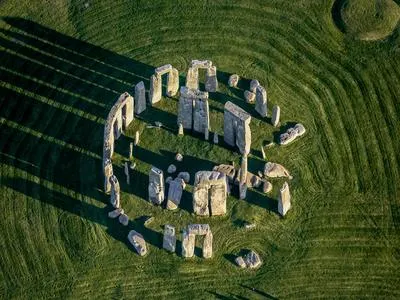 View All
View AllStonehenge - Ancient stone circle; purpose and construction remain enigmatic.

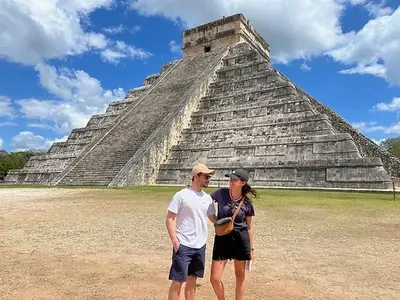 View All
View AllChichen Itza - Mayan ruins featuring iconic pyramid, rich history and culture.

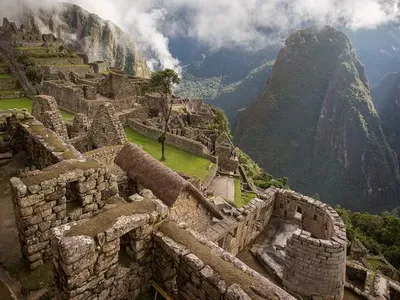 View All
View AllMachu Picchu - Incan citadel, perched high in the Andes mountains.
 Gobekli TepeView All
Gobekli TepeView AllGobekli Tepe - Ancient temple complex, enigmatic carvings, predate Stonehenge.

 View All
View AllNewgrange - Ancient passage tomb, aligned with winter solstice sunrise.

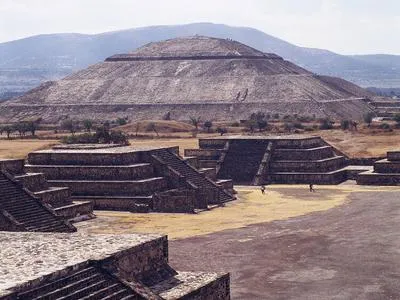 View All
View AllTeotihuacan - Ancient city, unknown decline, iconic pyramids, cultural enigma.

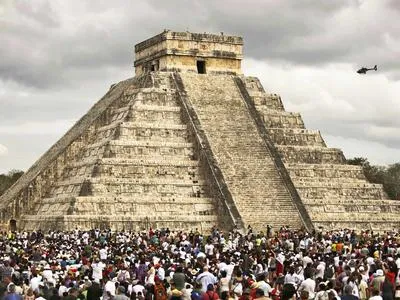 View All
View AllKukulcan Pyramid - Mayan pyramid aligning with celestial events, notably equinoxes.

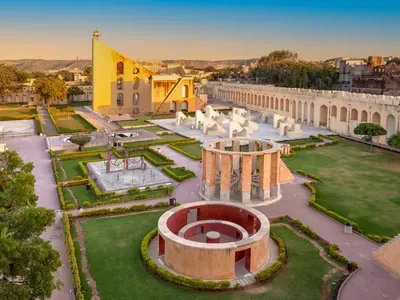 View All
View AllObservatory of Jantar Mantar - Ancient astronomical observatory, Jaipur, India; remarkable architectural instruments.

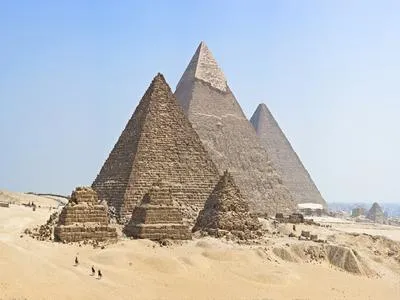 View All
View AllPyramids of Giza - Ancient tombs aligned with celestial bodies; architectural marvels.

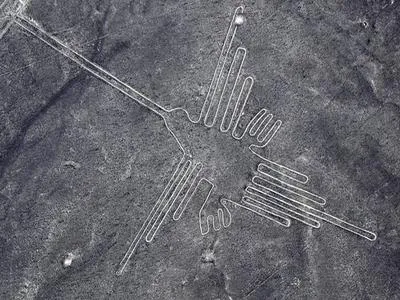 View All
View AllNazca Lines - Geoglyphs in Peru, showcasing ancient astronomical alignments.
Top 10 Sites of Ancient Astronomical Significance
1.
Stonehenge
Pros
Cultural significance
architectural marvel
astronomical alignment
mystery of construction
tourist attraction.
Cons
Limited accessibility for visitors
ongoing preservation challenges
weathering effects on the stones
heavy tourist crowds
lack of definitive historical explanations.
2.
Chichen Itza
Pros
Cultural significance in Mayan history
stunning architectural marvels
UNESCO World Heritage Site
diverse wildlife and ecosystems
immersive educational experiences.
Cons
Crowded with tourists
high entrance fees
limited accessibility for disabled visitors
potential for weather disruptions
commercialization of the site.
3.
Machu Picchu
Pros
Stunning architectural achievement
rich cultural history
breathtaking natural scenery
UNESCO World Heritage Site
spiritual significance to the Inca.
Cons
High tourist traffic
expensive entrance fees
challenging altitude
weather unpredictability
limited accessibility for those with mobility issues.
4.
Gobekli Tepe
Pros
Ancient knowledge of construction techniques
possible religious significance
evidence of early human social organization
large-scale communal effort
intriguing artistic carvings.
Cons
Limited understanding of its purpose
unclear relationship with later civilizations
ongoing preservation challenges
potential for future excavation damage
speculative interpretations hinder clarity.
5.
Newgrange
Pros
Ancient engineering marvel
aligns with winter solstice
rich archaeological significance
stunning megalithic art
UNESCO World Heritage Site.
Cons
Crowded with tourists
limited accessibility
potential for weather damage
lack of comprehensive research
unclear purpose and significances.
6.
Teotihuacan
Pros
Rich architectural heritage
extensive urban planning
advanced agricultural techniques
significant cultural influence
intriguing historical mysteries.
Cons
Overcrowded tourist site
Limited access to certain areas
Environmental degradation
Commercialization of cultural heritage
Lack of clear historical records
7.
Kukulcan Pyramid
Pros
Architectural marvel showcasing advanced Mayan engineering
astronomical alignment with equinoxes
cultural significance in Mayan mythology
impressive tourist attraction
UNESCO World Heritage Site.
Cons
Limited access for preservation
overcrowding during peak seasons
potential for weather damage
restricted photography in certain areas
commercialization affecting authenticity.
8.
Observatory of Jantar Mantar
Pros
Unique architectural design
accurate astronomical instruments
rich historical significance
UNESCO World Heritage Site
educational value for astronomy enthusiasts.
Cons
Limited accuracy of instruments
maintenance challenges over time
vulnerability to urban development
tourist overcrowding
less emphasis on scientific research.
9.
Pyramids of Giza
Pros
Remarkable architectural achievement
Aligns with celestial bodies
Offers insight into ancient engineering
Reflects cultural and religious significance
Attracts global tourism and research
Cons
Limited access for preservation
high tourist traffic
environmental damage
misinterpretations of astronomical significance
potential safety hazards.
10.
Nazca Lines
Pros
Cultural significance
Mystery of origin
Astronomical alignments
Tourist attraction
Unique artistic expression
Cons
Environmental degradation
limited accessibility
unclear origins
potential tourist damage
and lack of comprehensive understanding.
Similar Topic You Might Be Interested In
- Top 10 Ancient Ruins Hidden in the Jungle
- Top 10 Archaeological Sites Rediscovered in the Last Century
- Top 10 Roman Amphitheaters Outside Italy
- Top 10 Stone Circles Older Than Stonehenge
- Top 10 Historic Villages Preserved in Time
- Top 10 Viking Sites and Relics in Europe
- Top 10 Medieval Castles Built on Cliffs
- Top 10 Fortified Cities from Ancient Civilizations
- Top 10 Famous Battlefields to Visit
- Top 10 Best-Preserved Medieval Walled Towns